Bhagavat Gītā: A few years ago when we were asked about the standard books for studying Jyotisa, the Bhagavat Gītā, Bṛhat Parāśara horā śāstra and Maharṣi Jaimini’s upadeśa sutra were recommended as the foundation. Today we shall explore the teachings of the Gītā to understand creation, the spirit soul and the chara kāraka scheme(s).
Creation, elements & kāraka
Bhagavat Gītā (7-2)
ज्ञानं तेऽहं सविज्ञानमिदं वक्ष्याम्यशेषतः।
यज्ज्ञात्वा नेह भूयोऽन्यज्ज्ञातव्यमवशिष्यते॥ ७-२॥
jñānaṁ te’haṁ savijñānamidaṁ vakṣyāmyaśeṣataḥ |
yajjñātvā neha bhūyo’nyajjñātavyamavaśiṣyate || 7-2||
Prabhupada’s translation: I shall now declare unto you in full this knowledge, both phenomenal and numinous. This being known, nothing further shall remain for you to know.
Jyotisa Commentary
The entire knowledge of creation of this manifested universe, both phenomenal (physical creation) and the spirit being which was handed down by Kṛṣṇa to Arjuna as this is the transcendental knowledge forming the basis of Jyotisa. Both jnānam (knowledge of the gross material creation and dissolution process) and vijnānam (knowledge of the superior creation and existence of the spirit being) are being described, and these are different. This is the vedānta knowing which nothing more shall remain to be known or hidden. Jyotisa in its highest level is the vedānta where the astrologer has risen to the level of a ‘trikālajnāni’.
Bhagavat Gītā (7-4)
भूमिरापोऽनलो वायुः खं मनो बुद्धिरेव च।
अहंकार इतीयं मे भिन्ना प्रकृतिरष्टधा॥ ७-४॥
bhūmirāpo’nalo vāyuḥ khaṁ mano buddhireva ca |
ahaṁkāra itīyaṁ me bhinnā prakṛtiraṣṭadhā || 7-4||
Prabhupada’s translation: Earth, water, fire, air, ether, mind, intelligence and false ego—all together these eight constitute My separated material energies.
Jyotisa Commentary
The five states of physical existence of all creation are symbolized by
- Earth called bhūmi or pṛthvi tattva, solid state: Mercury,
- Water called āpa or jala tattva, liquid state: Venus,
- Fire called anala or agni tattva, energy state: Mars,
- Air called vāyu tattva, gaseous state: Saturn and,
- Ether called khaṁ or ākāśa tattva, vacuum: Jupiter
At the gross level these are the pañca bhūta and at the subtle level they are known as the pañca tattva. Thus, every physical creation shall have these five elements in varying proportions that shall define its physical constitution.
The manas is the ‘mind’ of the universe as well as the individual and indicates the class, group or family identifying the created being or object and is represented in astrology by the Moon. Any created material object belongs to a class of objects created with a certain shape (definable for solids with a predominant pṛthvi tattva), having a certain constitution (based on the proportion of the constituent tattva). These define the class or family to which it belongs.
Buddhi refers to the intelligence or body of knowledge related to the object. This defines its purpose of creation and existence and the effects of the various laws of nature on it called its Dharma. The laws of nature that the created body must obey are seen from the ascendant called Lagna and this is the seat of the dharma trikoṇa which includes the fifth & ninth houses. Lagna represents prajāpati, the creator.
Ahaṁkāra refers to its independent identity and is the false ego (not Freud’s ego). This is false because the identity is not permanent and it is an ego as it helps to identify the object and differentiate it from the other bodies/creatures of its class or family. This is represented by the Sun in astrology.
Example 1: Arabian sea
Let us consider the Arabian sea as an example. This has a predominance of liquid in its body as compared to other states of solids and gases. Thus the body has a predominance of jala tattva. The water is in constant motion due to various currents created by the rotation of the earth. This movement is due to energy in the water showing that it possesses agni tattva. It is contained by a basin which is the crust of the earth and this is the dharma (buddhi) associated with it as one of the laws of nature that a liquid does not have any particular shape and takes the shape of the container. The water in the sea displaces a certain volume of air or vacuum and this volume indicates the presence of ākāśa tattva that keeps the waters together within the containing crust of the earth. There are so many similar large water bodies that separate continents and they are all known as ‘sea’. This is the family or class of created bodies to which it belongs and is the manas. However, we are aware that this particular body that touches the west coast of India is different from the water body in the east coast of India and other parts of the world and have named it the “Arabian Sea”. This particular name “Arabian” is its ahaṁkāra that helps to identify it in particular and differentiates it from other seas.
These are the eight primary variables that go into the creation of all bodies, both animate and inanimate. It is evident that we do not need any more variables than the lagna and seven planets from Sun to Saturn to define the physical (material creation). These planets are the seven Chara kāraka that are used in mundane astrology and all such horoscopy of material bodies that cannot procreate.
Bhagavat Gītā (7-5)
अपरेयमितस्त्वन्यां प्रकृतिं विद्धि मे पराम्।
जीवभूतां महाबाहो ययेदं धार्यते जगत्॥ ७-५॥
apareyamitastvanyāṁ prakṛtiṁ viddhi me parām |
jīvabhūtāṁ mahābāho yayedaṁ dhāryate jagat || 7-5||
Prabhupada’s translation: Besides these, O mighty-armed Arjuna, there is another, superior energy of Mine, which comprises the living entities who are exploiting the resources of this material, inferior nature.
Jyotisa Commentary
Besides the material creation, living beings are also created in this universe, which are of a superior energy. These beings are different from the material beings in that they have the ‘jīva’ or ‘jivātma’ which is very much like the paramātma, yet is different from the latter. This jivātma causes the living beings to exercise a higher level of intelligence, some amount of ‘free-will’ (very much bounded – based on the upachaya) and get involved in the process of karma, sin and rebirth. The definitions of karma and sin vary from one class of living beings to another (manas variance) and also varies within the class (ahaṁkāra) based on the level of buddhi (intelligence). For example, sin is not incurred if a lion kills a cow for food, but a lot of sin is incurred if a human being kills a cow. Here the definition of sin based on dharma (natural laws governing) has been in variance due to the class of being differentiated as per the manas. Again, among human beings, the all knowing self-realized priest or brāhmaṇa incurs higher sin by killing a cow than a vaiśya whole knowledge is inferior. Here the definition of sin is more relaxed based on the level of knowledge (buddhi).
Since the primary differential between the quality of the sin is the mana, and since the Moon represents the manas, it is but natural to consider the nodes of the Moon as karmic control planets. Rāhu indicates the sins on account of past karma and those done with full knowledge of consequences while Ketu, in the negative, represents the mistakes made. In the positive Rāhu represents punishment and redemption while Ketu represents suffering and emancipation. As a group they are one, and represent the opposite points of bhoga & mokṣa.
The eight-variable scheme of the previous śloka needs to be modified to the ten-variable scheme that includes the lunar nodes Rāhu (ascending node) and Ketu (descending node) in addition to the lagna and seven planets from the Sun to Saturn. Further, since every living being that has been created has not got mokṣa, it is evident that in any spiritual scheme that must represent the individual jivātma and its interaction with the other ātma, room would have to be made for Rāhu (but must exclude Ketu). These seven planets from the Sun to Saturn, and Rāhu are the eight Chara kāraka that are used in horoscopy (jātaka) and all such charts of living bodies that can procreate.
Bhagavat Gītā (7-6)
एतद्योनीनि भूतानि सर्वाणीत्युपधारय।
अहं कृत्स्नस्य जगतः प्रभवः प्रलयस्तथा॥ ७-६॥
etadyonīni bhūtāni sarvāṇītyupadhāraya |
ahaṁ kṛtsnasya jagataḥ prabhavaḥ pralayastathā || 7-6||
Prabhupada’s translation: All created beings have their source in these two natures. Of all that is material and all that is spiritual in this world, know for certain that I am both the origin and the dissolution.
Jyotisa Commentary
All created bodies fall into these two categories of animate (living) and inanimate (non-living). One of the methods of differentiation is in their nature of procreation (this will also form the basis of differentiation of the two schemes of chara kāraka). Further, the inanimate bodies do not have a jivātma and are not considered spirit beings or spiritual in that sense.
Conclusion
It is evident from the Bhagavat Gītā that there are separate schemes for the living and non-living world and that these schemes differ on the number of chara karaka due to the concept of sin associated with a certain amount of limited free-will and the presence of the jivātma (individual soul of the living being). The visible differentiation is their ability to procreate which is represented by the siva linga (phallic symbol of siva as Pasupati or the lord of all living beings).
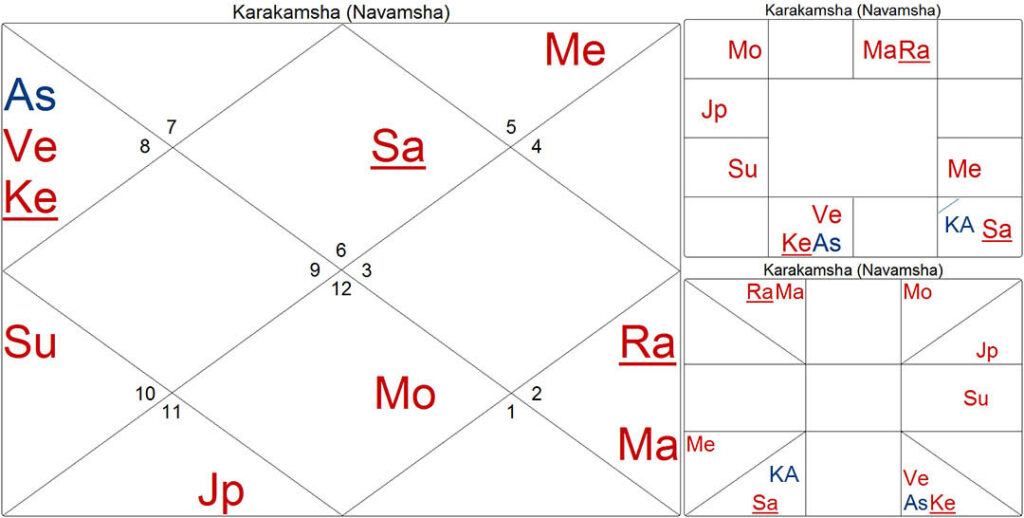
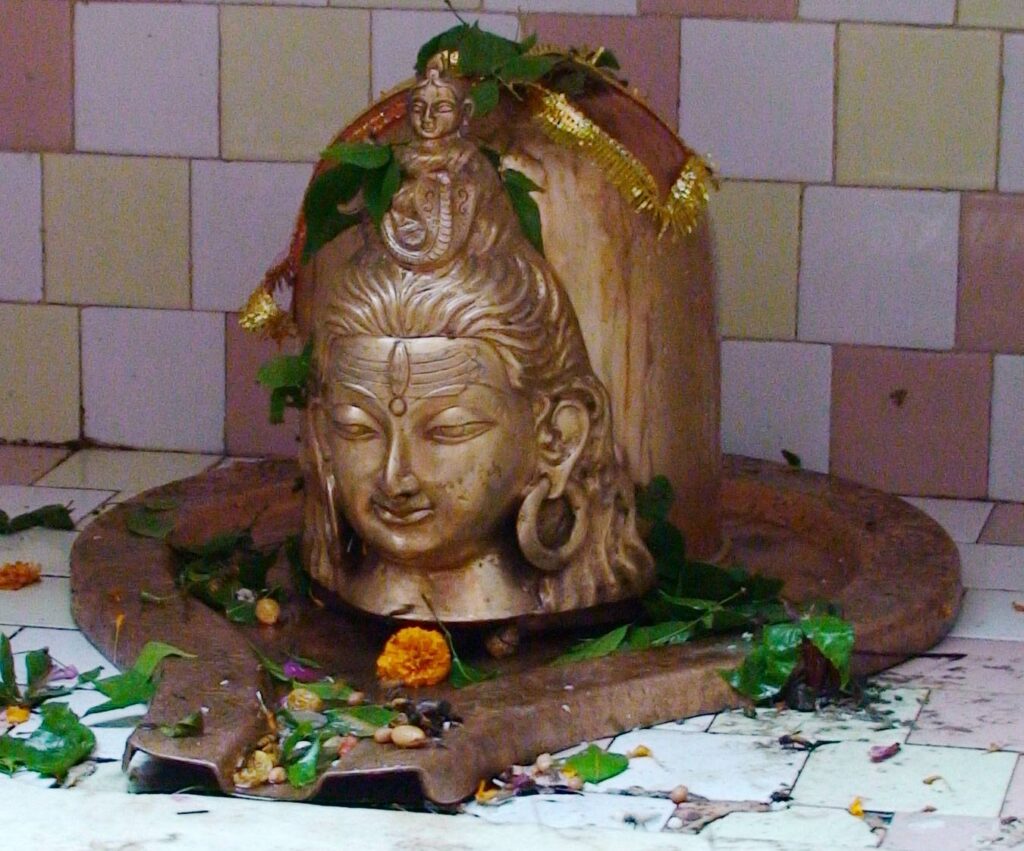

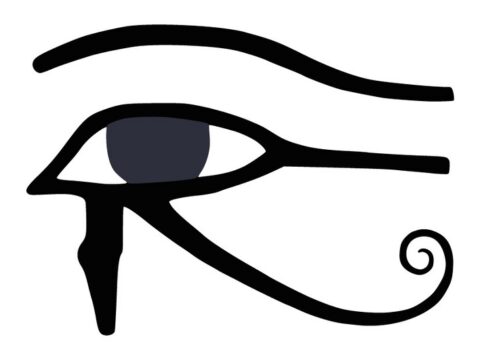
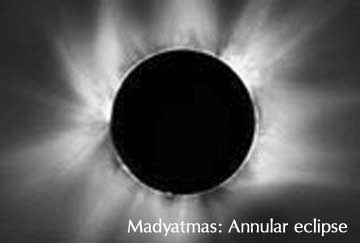

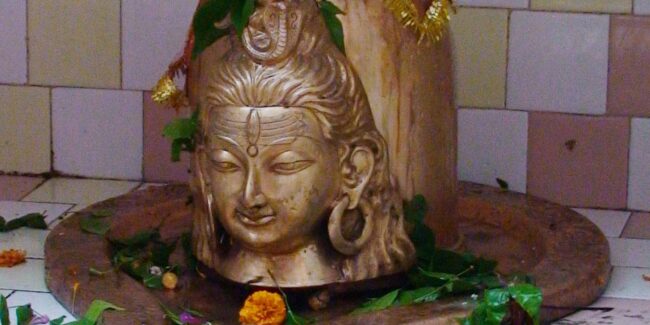
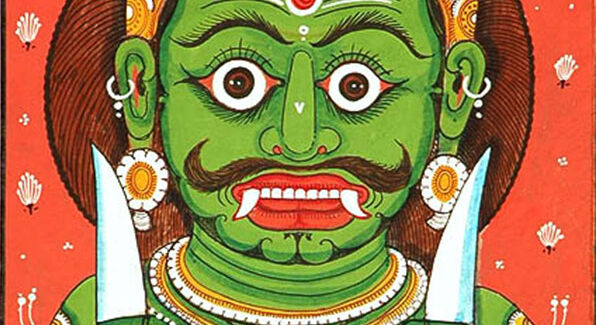
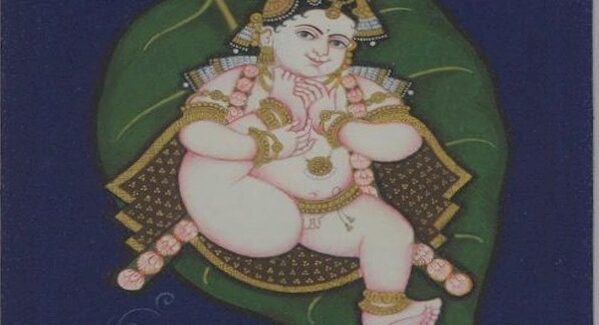
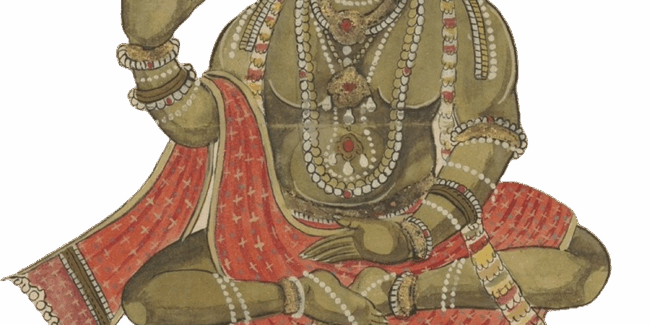
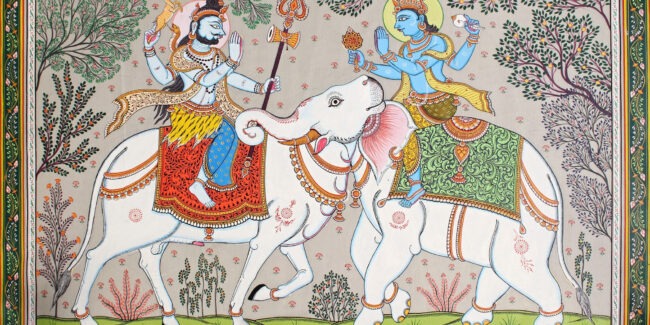
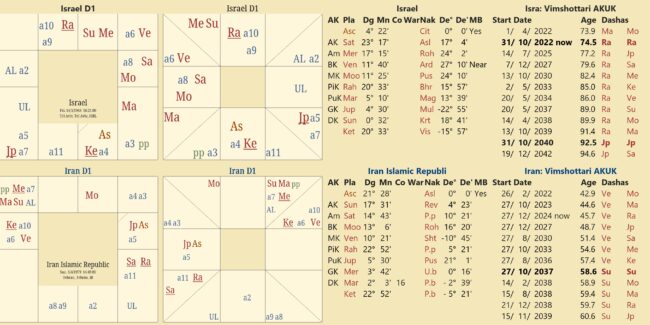
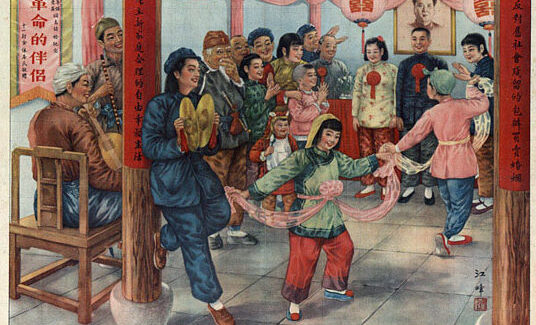
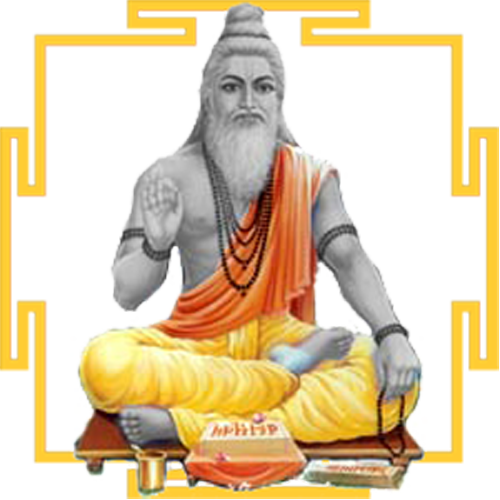 DBC offers online courses in jyotish (Vedic Astrology) taught directly by Sanjay Rath as per the tradition, through narrated power points and other audio tools. The courses are at different levels, from the beginners through the intermediate to the advanced and are known as SoHamsa | DBC courses, with individual classrooms and assistant teachers
DBC offers online courses in jyotish (Vedic Astrology) taught directly by Sanjay Rath as per the tradition, through narrated power points and other audio tools. The courses are at different levels, from the beginners through the intermediate to the advanced and are known as SoHamsa | DBC courses, with individual classrooms and assistant teachers
 Sagittarius Publications is the publisher and distributor the popular quaterly magazine the Jyotish Digest, as well as many thorough books on the subject of Vedic Astrology or Jyotish.
Sagittarius Publications is the publisher and distributor the popular quaterly magazine the Jyotish Digest, as well as many thorough books on the subject of Vedic Astrology or Jyotish. We have an excellent pandit Divākar ‘Deva’ Mishra, who is from the priests of Vindhyāvāsini Siddha Pīṭha to guide you through the hundreds of temples of Kāśi [Varanasi] and neighbouring regions. He can organise your pūjā, keep you safe and take care. He is supported by an English-speaking well-travelled spouse ‘Supriya Mishra’. Please contact them directly for any services, remedial pūjā and tours. They handled the 60+ member Kāśi Jyotiṣa Group 2022.
We have an excellent pandit Divākar ‘Deva’ Mishra, who is from the priests of Vindhyāvāsini Siddha Pīṭha to guide you through the hundreds of temples of Kāśi [Varanasi] and neighbouring regions. He can organise your pūjā, keep you safe and take care. He is supported by an English-speaking well-travelled spouse ‘Supriya Mishra’. Please contact them directly for any services, remedial pūjā and tours. They handled the 60+ member Kāśi Jyotiṣa Group 2022.